The Sudirman Cup’s outcome is a different historical indicator of shifts in badminton power to that of the the Olympic Games and World Championships, and Thomas-Uber Cups. Our preview specialist, Aaron Wong, explains.
By Aaron Wong. Photos: Badmintonphoto
Is this going to be the year of Who Knows? Is it simultaneously to be the end of the Of Course era for the Chinese, who are defending, with 6 consecutive Sudirman Cup victories? The past two years, especially 2016, have witnessed a substantial erosion of their dominance over the elite landscape.
China was stopped in the quarter-finals of the 2016 Thomas Cup, 1-3, by Korea and 0-3 by Japan in the semi-finals of its 2014 edition. Despite securing the Rio 2016 men’s doubles Olympic gold medal, this discipline is noticeably less of a sure thing among their arsenal since the London Games. In 2015, Chinese men’s pairs waved the flag on the summit of a Superseries once in thirteen attempts, and twice in 2016.
All things remaining equal in the purely men’s contests, the situation wouldn’t necessarily be a worry for the defence of this Sudirman Cup if it weren’t for the cornerstone of women’s doubles successes falling from 10 out of 13 Superseries in 2015 down to four wins in 2016.
China’s strong suit in 2017 is mixed doubles. Of the five Superseries titles Chinese players have claimed up to this point in the calendar year, four are in this category with three snapped up by world #2 Huang Yaqiong / Lu Kai and world #1 Chen Qingchen / Zheng Siwei capturing one. Crucially, China are shutting out the competition here. Reinforcement from their third and freshest pairing, Lin Yinhui / Zhang Nan, comes with twice Grand Prix Gold winning and once Superseries runners-up credentials during the same period.
China still possesses overall breadth and depth in excess of other teams, however these qualities aren’t absolutes within every discipline.
Defenders’ depth at a glance…
WS: 2 in Top 10, plus World Junior Champion Chen Yufei at world #11.
MS: 4 in Top 10, including Rio Olympic champion & 2017 All England runner-up.
WD: 3 in Top 10, plus 4 dangerous floaters including two former #1s.
MD: 2 in Top 10, plus Rio champions Zhang Nan / Fu Haifeng.
XD: 3 in Top 5, plus scratch pairings aplenty using any WD players.
Critical thinking
Considering broad statistics from the defending champions’ angle is a convenient perspective to open with. There’s plenty of evidence suggesting how much tighter than usual their upcoming ties could be. Or is there?
One thing the trend of high level accolades disguises is that Chinese players possess an abnormal amount of dogged determination and swift replenishing of lost concentration. Some individual international players have such qualities too whereas China’s entire national team is imbued with it.
The London Olympic gold clean sweep is an astounding example of this team characteristic enabling the Chinese to exceed all expectations. Chinese shuttlers weren’t overwhelming favourites in men’s singles, men’s doubles or mixed doubles on that occasion. Signs were also showing in 2012 that skills everywhere else were levelling up to China’s in women’s singles.
The achievement was the timing of the feat, not so much the feat per se. Shifts in badminton dominance appeared temporarily delayed but nevertheless continued their trajectory. Hardly surprising then China wasn’t close to repeating a sweep at Rio.
Three lessons
With the potential for an upset in mind, three lessons can be gleaned from 2003’s blip in China’s winning streak. Firstly, that previous loss was during the 15-point score-on-serve system while the current 21-point rally system is thought to afford better odds for the underdog to overcome adversity.
The second and third respects relate to deploying a country’s strengths. On paper, China went into the 2003 final against Korea with the edge in both singles and an equal chance in women’s doubles. Men’s singles wasn’t converted and women’s doubles being the last fixture wasn’t played once Korea secured the tie 3-1.
At the very least, China cannot afford not to play a mixed doubles this year and not winning it would be a blow.
Group 1A: The turning of the screw
Top 10 world rankings alone do little to scare China but Thailand’s record of appearing in five Superseries finals across four disciplines since the Olympic Games should inspire caution.
The Thais are the most broadly solid among the 5-8 seeded countries and have produced the most exciting mixed pair in the world, Sapsiree Taerattanachai / Dechapol Puavaranukroh. Either they or men’s doubles snatching an early win early would only increase the unease felt by their adversaries upon facing the other. Ideally, superstar Ratchanok Intanon following on for women’s singles piles on insurmountable pressure. Such a line up sequence would make a tricky proposition for the defending champions and Hong Kong in sub-group 1A.
Zhang Nan is the lynchpin of China’s Sudirman roster. Fu Haifeng’s surprise inclusion hints at a reunion for the Rio gold medallists at the expense of Chai/Hong or Li/Liu for men’s doubles. China could deploy all its highest ranking players which would make an entirely youthful team but it won’t after the 2010 Uber Cup fiasco. There is no choice in women’s categories but experience counts for a lot in team competitions and Zhang or Fu, whether together or separately, are veterans from Sudirmans previous and will be there to steady the ship’s morale.
Group 1B: Korea keep us guessing
Post-Olympics, Korean players have been world #2 in women’s doubles and in both singles, and #1 in men’s and mixed doubles but the latter two combinations have disbanded. In fact, all three of the men’s pairs who were in the top 8 a year ago are gone or staying north of the equator this month. To their credit, Korea have not hesitated before in putting forward younger or less experienced players or mixing up personnel on big occasions but it’s doubtful that they themselves believe they will penetrate this draw.
Chinese Taipei topping their pool, thereby overcoming second seeded Korea, is less a stretch of the imagination than Thailand beating China. Their women’s singles proponent, Tai Tzu Ying, is enjoying a title collecting spree dating back to late November 2016 which makes her the surest thing in badminton at the moment. Using the superior instincts of veteran Chen Hung Ling, Chinese Taipei could take home the rest of this tie via wins in men’s and mixed doubles.
Group 1C: My weakness is your strength
Fortunately for Malaysia, their strengths in men’s singles and mixed doubles correspond to Japan’s weaknesses. The Japanese will definitely outshine in the women’s fields so which country it turns out 3-2 in favour is a matter for men’s doubles to thrash out. Keigo Sonoda / Takeshi Kamura and Tan Wee Kiong / Goh V Shem are deadlocked at two wins each in their head-to-head meetings.
Japan dished out defeats to Indonesia, China and Korea to win the Badminton Asia Mixed Team Championships in February. The other top countries fielded several second stringers and scratch pairs while Japan kept such strategy to a minimum of one. As preparation for the Sudirman, its biggest benefit was acclimatising Kenta Nishimoto to the physical and psychological demands of taking the helm of men’s singles day after day. Remarkably, he won all and scalped China’s Shi Yuqi, currently the highest ranked of the four Chinese in the Top 10.
Group 1D: Ripe ingredients
Denmark is the least threatened of the Group 1 top seeds and they are not suffering the absence of any top personnel unlike Korea, Malaysia, Japan and upcoming rival Indonesia. The bright spark for the Indonesians is that their second mixed pair of Debby Susanto / Praveen Jordan is probably the better choice (over missing Rio Olympic champion Liliyana Natsir) to face the top Danes Christinna Pedersen / Joachim Fischer Nielsen. Indonesia’s arduous task is the imperative of converting every match a man will feature in.
More out of necessity than presumption, India will be counting women’s singles point before they hatch. If similar physiques shall play each other, then P V Sindhu takes on Line Kjaersfeldt and Saina Nehwal is up against Fitriani. World rankings can be disregarded for men’s singles as four Indians contested Superseries finals in the past six months. However, it’s hard to envision India’s route out of the pool by way of their standard doubles pairings.
Danish strength at present across four disciplines is sufficient to better their 1999 finish as runners-up. Similar to China’s blip, it slipped through Danish hands on that occasion despite the best of starts. The less favoured Danes in the mixed doubles secured the opening match but no triumphs materialised in their three strong events.
Pressures of being good enough
Top 10 players and seeds are upset during tournaments month to month as a matter of fact but huge fame can instantly be bought through such a singular performance when it happens in a critical match in the Sudirman or Thomas or Uber Cups.
16-year-old Satwiksairaj Rankireddy, who caused a sensation in mixed doubles during the India Premier League by beating 2008 Olympic champion Lee Yong Dae, could prove to be his country’s ticket out of the pool. He’d have to be chosen ahead of a higher ranked male and maybe even without his usual partner. India has nothing to lose and all to gain by trying. The general ploy is the more unexpected the doubles pairings the better.
Ironically, Indonesia having the minimum capability at three events inflicts high pressure on their athletes to perform. In their ‘good enough’ category of men’s singles, either 19-year-old Jonatan Christie or 21-year-old Anthony Ginting will be handsomely rewarded with headlines and adulation at the level of winning a Superseries should Indonesia keep proceeding owing to their contributions. A precedent has been set by Mia Audina when, aged 14, she broke the 2-2 tie care of her win in the third singles to help Indonesia to Uber Cup glory.
A month ago
This preview couldn’t have been written a month earlier because vast improvements were yet to unfold by a parade of players outside of the Top 10 at the Badminton Asia Championships in Wuhan. In men’s doubles, Hong Kong’s Or Chin Chung / Tang Chun Man and Malaysia’s Ong Yew Sin / Teo Ee Yi stretched China’s top two pairs into rubber games. Mixed doubles world #1 Chen Qingchen / Zheng Siwei also lost a game to India’s N Sikki Reddy / Pravaav Jerry Chopra. Malaysia’s women’s doubles Vivian Hoo / Woon Khe Wei left behind Huang Yaqiong / Tang Jinhua at Round 2.
Korea’s Lee Jang Mi ousted two women’s singles Top 10 players, one Chinese and one Japanese. Japan’s Kenta Nishimoto surprised once again by reaching deuce against world #1 Lee Chong Wei.
The greater than usual quantity of performances that narrow the gap between seeded and unheralded opponents so close to the Sudirman Cup sends a clear signal to the Group 1 heavyweights.
Measurement & historical marker
The Sudirman Cup being a test of a country’s all-round capability serves as the next yardstick by which China’s prowess can be measured. Having relinquished a great deal of its firm grasp on the men’s team competition, Superseries (going from 38 out of 60 titles in 2007 to 17 of 65 last year), and world rankings, an unsuccessful defence in 2017 wouldn’t quite resemble a blip like when they lost the Cup in 2003.
To be clear, what’s been stated so far isn’t a stance against China, nor should anyone take this as a suggestion that China isn’t still phenomenal at badminton or that this year’s Chinese team is lacking towards the task at hand.
There is just more uncertainty. In addition, revolutions in technique in the various disciplines, and the refreshing of many national teams post-Olympics is tremendously energising for world badminton, including China. As a result, the meaning of being competitive has become authentic as it is evident on both sides. It’s that delicious tension when you don’t know who’s going to win and the players themselves don’t either.
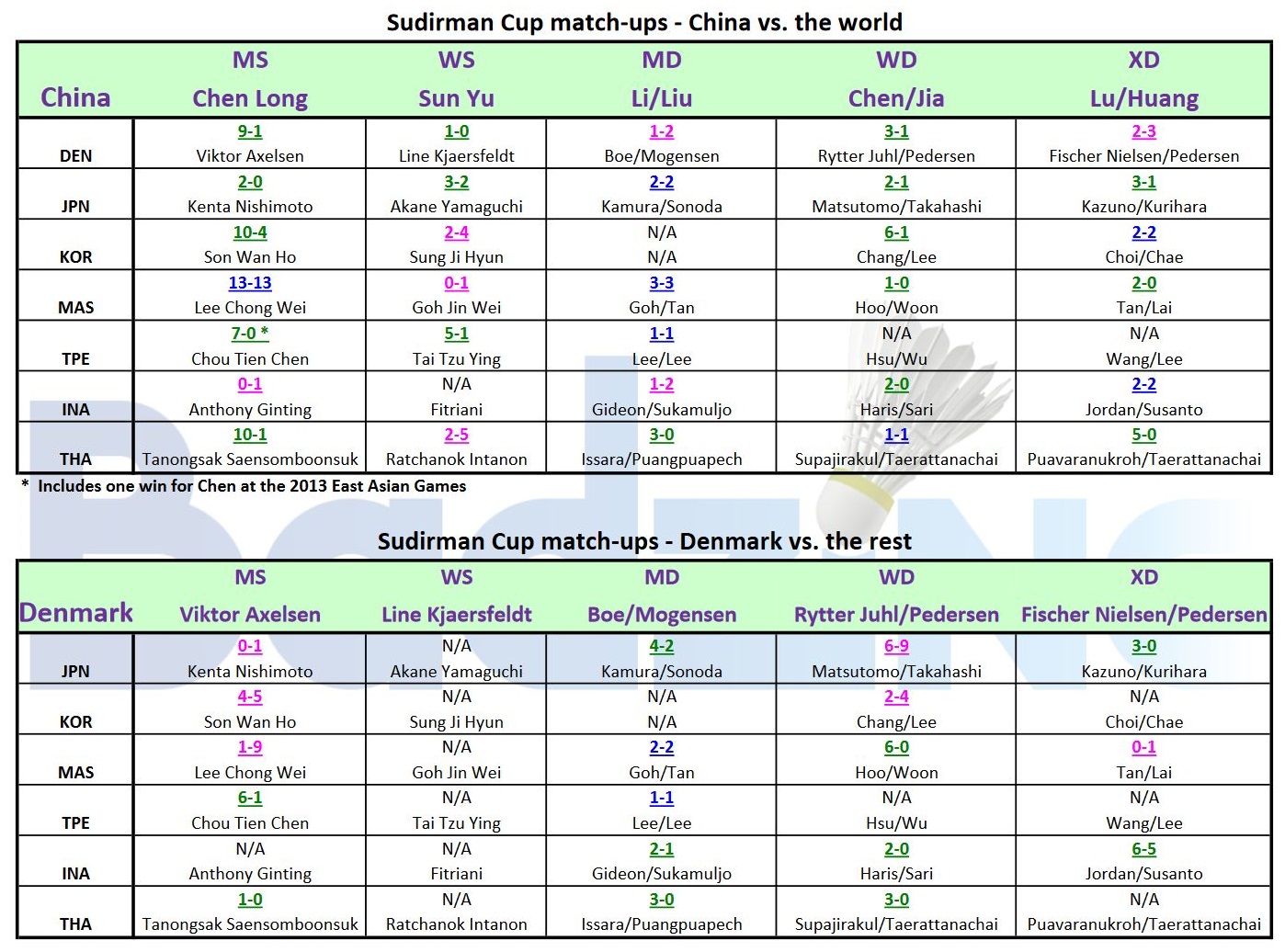
How the top two seeds China and Denmark stack up against the rest of the seeded teams. Click on the image to see a .pdf version with links to the individual head-to-head pages on tournamentsoftware.
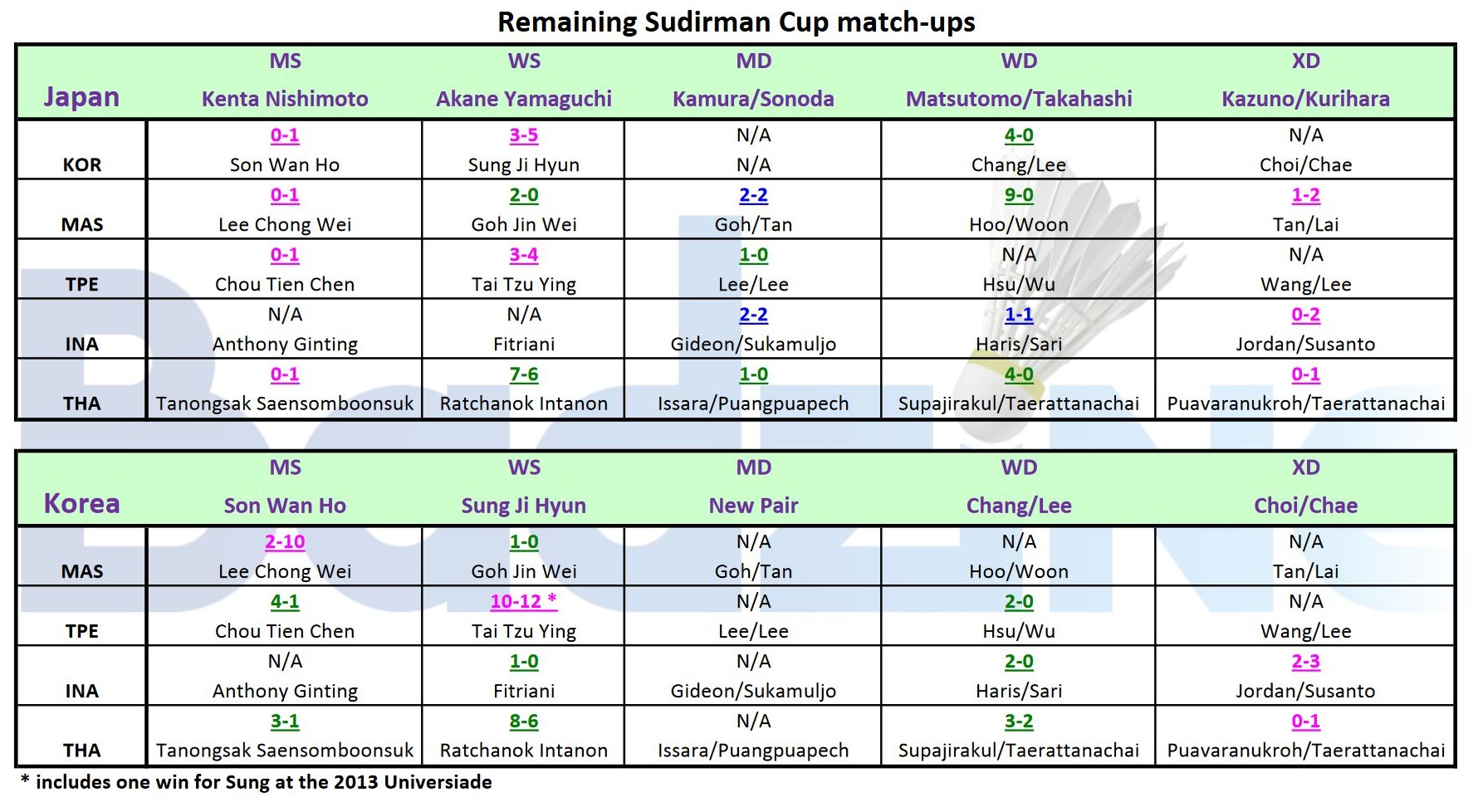
How Japan and Korea stack up against the rest of the top 8 teams. Click on the image to see a .pdf version with links to the individual head-to-head pages on tournamentsoftware.
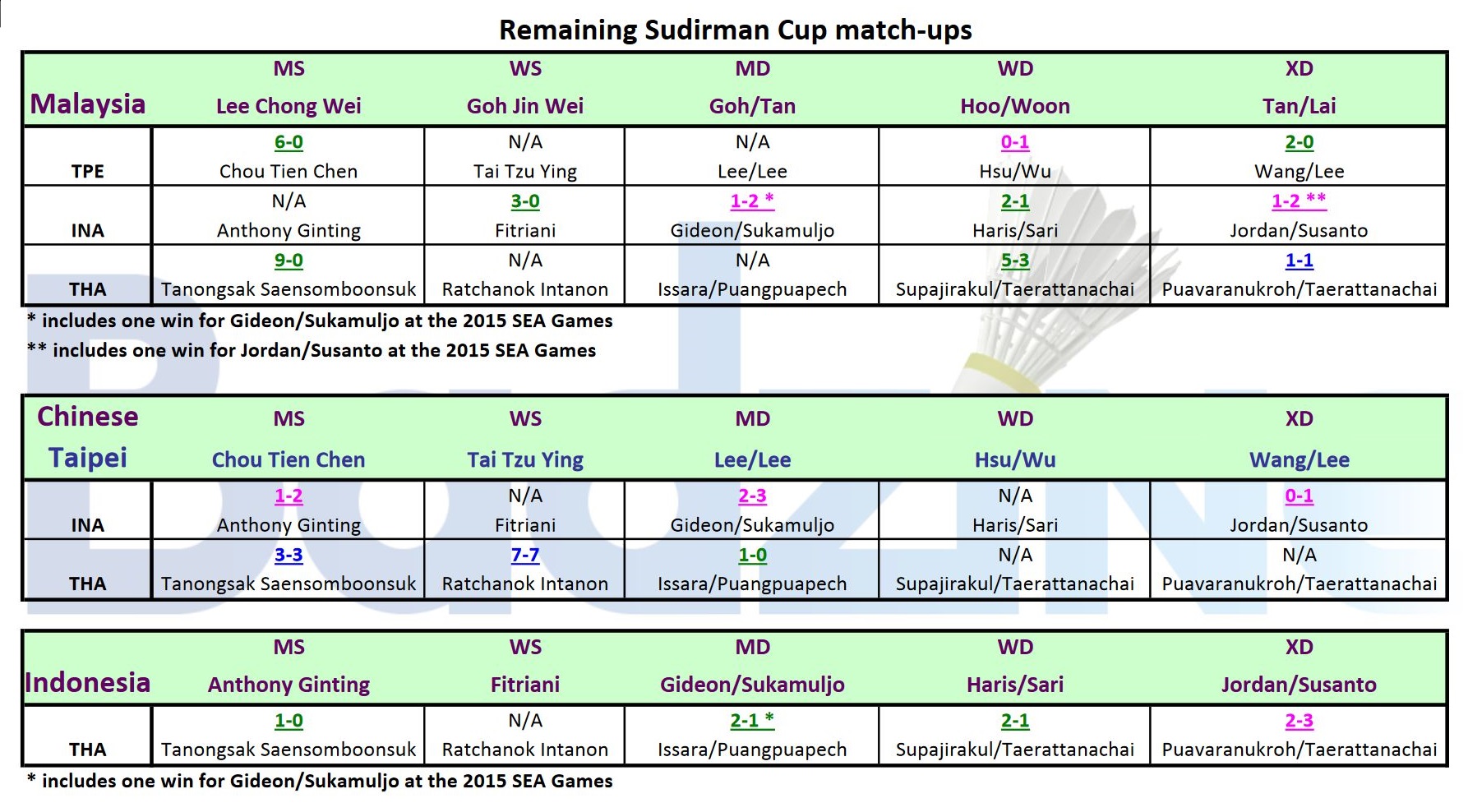
How remaining seeds Malaysia, Chinese Taipei, Indonesia, and Thailand stack up against each other. Click on the image to see a .pdf version with links to the individual head-to-head pages on tournamentsoftware.
![SUDIRMAN CUP Preview – Tide to ebb for defending champions at Gold Coast? The Sudirman Cup’s outcome is a different historical indicator of shifts in badminton power to that of the the Olympic Games and World Championships, and Thomas-Uber Cups. Our preview specialist, […]](http://www.badzine.net/wp-content/uploads/ngg_featured/20150517_1749_SudirmanCup2015_RS_L3690_rotator.jpg)
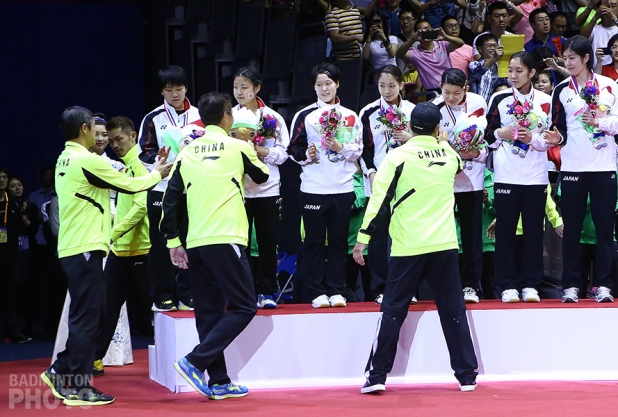
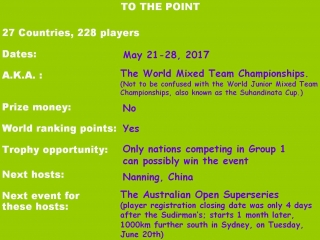
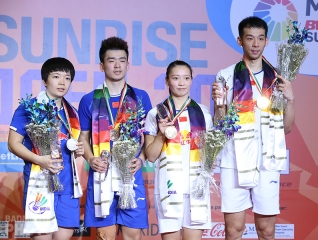
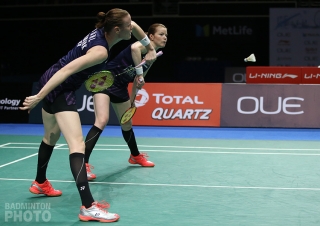
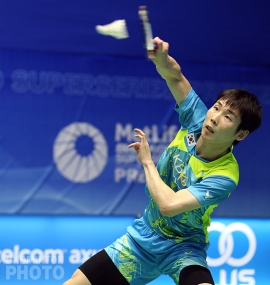
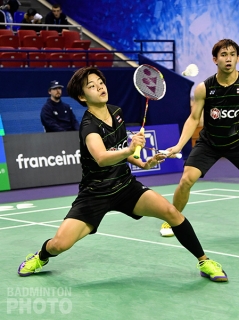
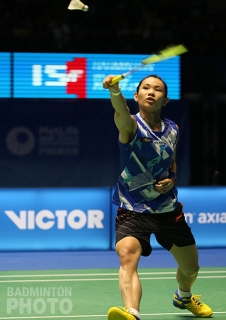
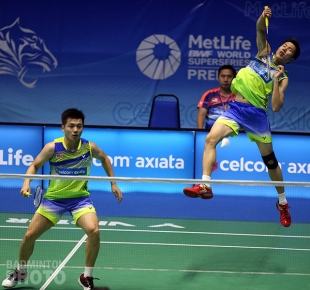
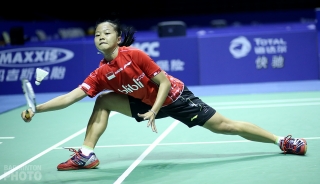
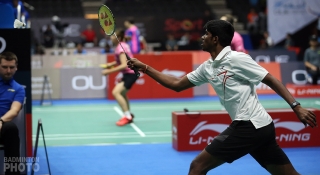
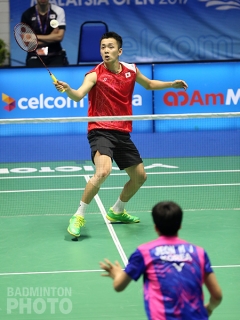
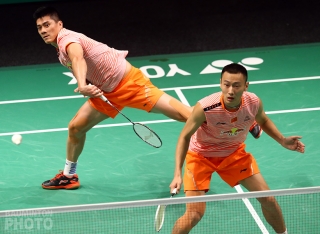

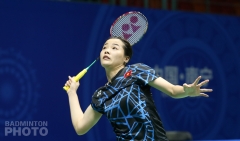
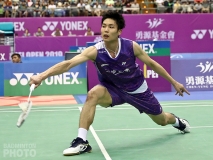
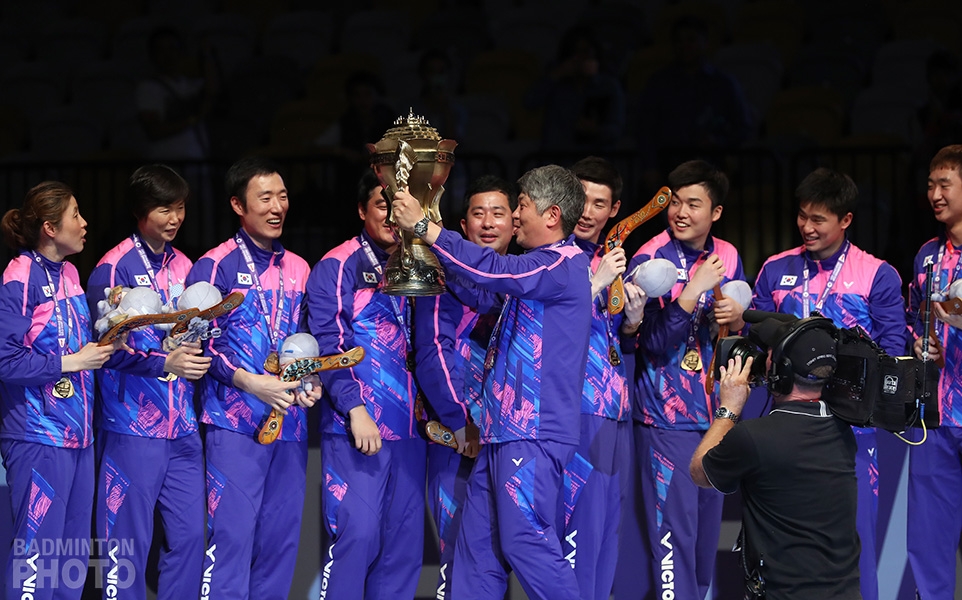
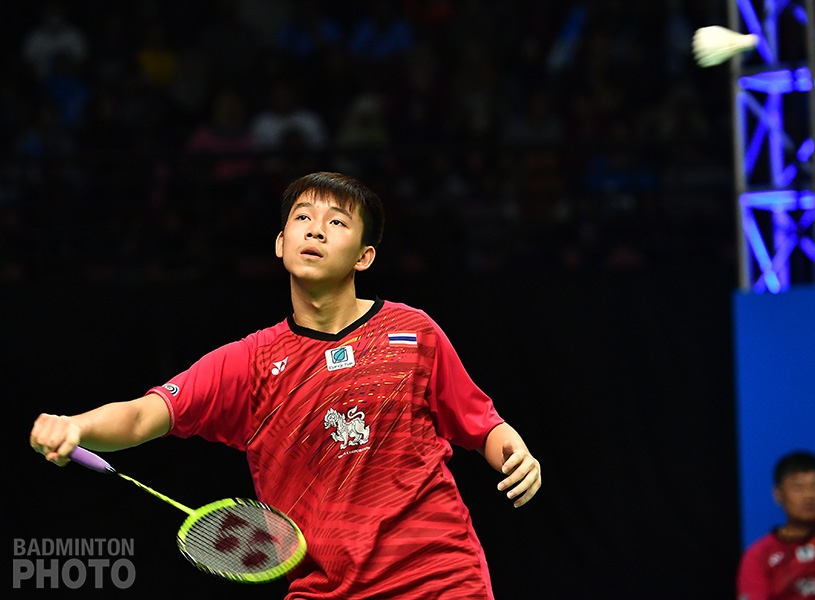
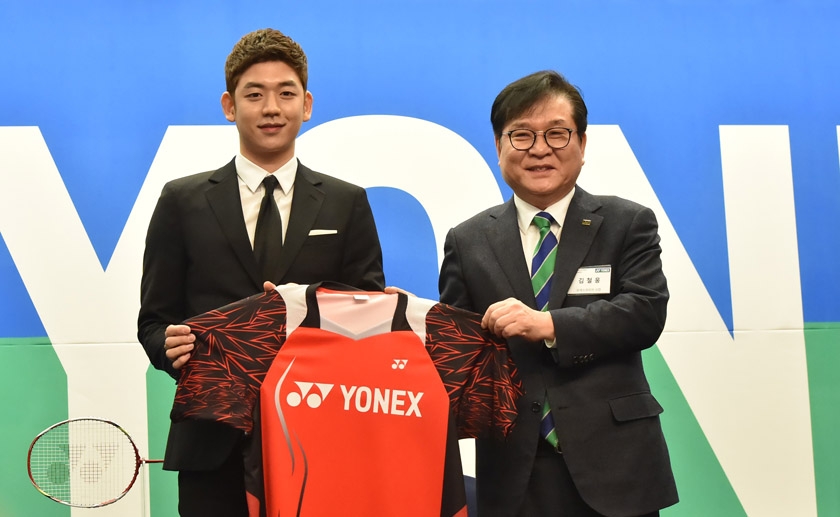
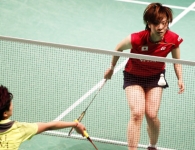
Leave a Reply